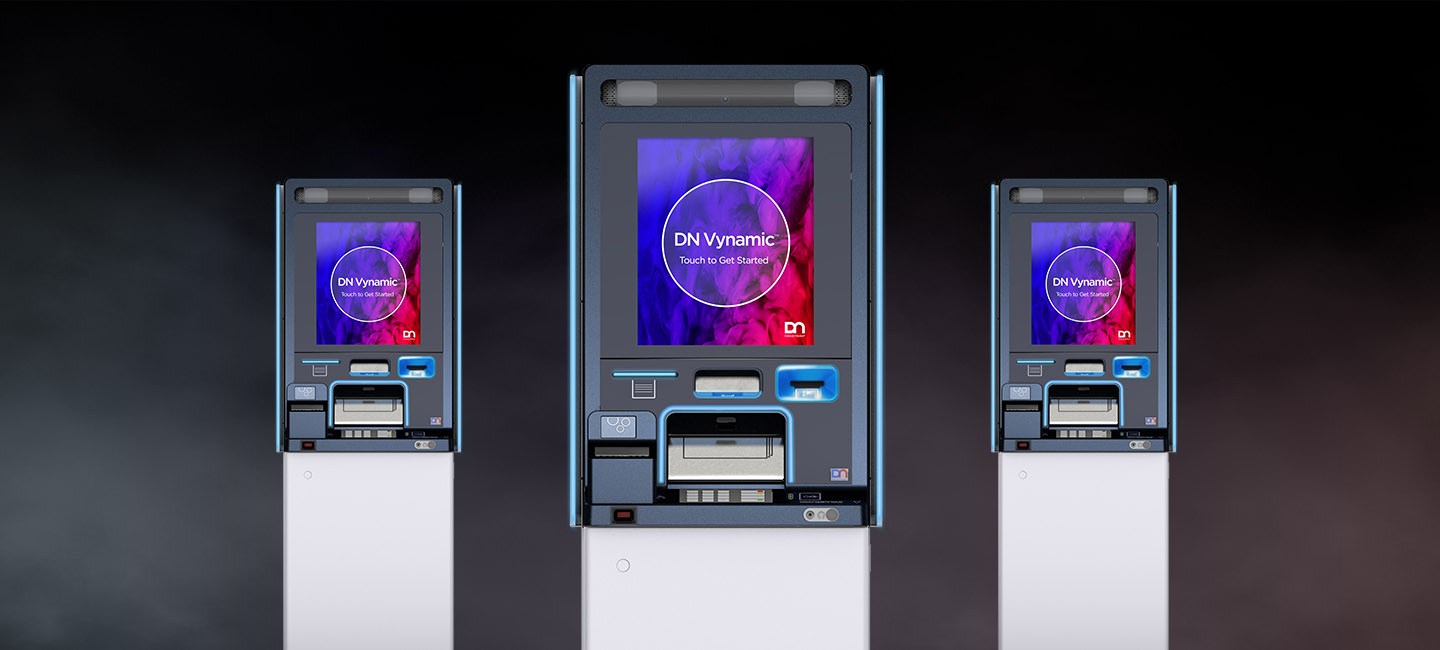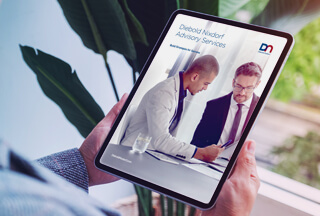This is part one in a three-part blog series on redefining your ATM strategy for the modern banking ecosystem.
One of the very first questions we always ask banks and credit unions is this:
What is the role of the ATM within your network? In pop culture terminology, you might call it “defining the relationship” (DTR)... and it’s not always as easy to answer as you might think.
You would be amazed at the range of responses we get to that seemingly simple question. Some financial institutions (FIs) have a robust self-service strategy already in place yet they still struggle to answer the question. Other FIs have a consumer journey mapped out, but they don’t know how to get there.
It always helps, regardless of where you are in your self-service strategy, to take a step back and revisit the bigger picture. The old saying, “You can’t see the forest for the trees” is applicable in this situation. We can get so involved in solving one specific challenge that we lose touch of the larger vision.
In regards to ATM strategy, FIs often manage the ATM channel in a silo. They focus their efforts on, say, maintaining optimal uptime, or solving balancing, or CIT issues. In our experience working with thousands of FIs, it is very rare that an FI fully appreciates how interconnected the ATM channel is to the entire ecosystem.
Most FIs only see the ATM channel as a necessary cost center. They know they need it because their consumers want it, but they don’t fully know how to maximize the potential of this channel.
Maximizing the ATM’s potential: Current state and future state planning
If this sounds like your organization, I encourage you to look beyond your network’s current ATM use cases. Yes, the ATM provides convenience, mainly for simpler transactions like deposits and withdrawals; however, if you have off-premise ATMs, then you are also creating brand awareness.
This is your ‘current state’. Now consider what you want your ‘future state’ to look like. In a perfect world...
What transaction sets would you like to offer your consumers?
What needs do they have and how can you best meet them?
If you are able to migrate X% of transactions to the ATM, what impact does that have on your branch staff?
Could they increase sales if they had more time to engage with the consumers and do outbound calling?
Can you use the ATM as an acquisition tool and revenue generator?
These are the questions you need to answer to create your ‘future state’ ATM roadmap and consumer journey. The ATM channel can be—and should be—more than just a vehicle for simple transactions. You can increase convenience for your consumers and staff by automating more complex transaction sets, like withdrawals in multiple denominations, over-the-limit withdrawals with video assistance, bill payments, and bulk cash and check deposits, just to name a few.
You can also personalize the ATM experience through
back-end software that will remember your consumer’s last or most frequent ATM transactions. It can remember language preference. What about cardless access using NFC or barcodes? Even pre-staging transactions on a mobile device is possible and becoming very popular. These new options make for a better overall consumer experience.
Next, expand your view to include your branch network. Optimizing costs and household coverage can be done through a well thought-out plan with the appropriate mix of branches and off-premise ATMs in a given market. Off-premise ATMs can enhance brand recognition with the opportunity for highly visible marketing and strategic accessibility.
The first difficult step is to define your ‘current state’ and your ‘future state’. This process involves a lot of consumer and market research. You will need to know exactly who your consumers are, how they transact within each channel and finally, how their behaviors have changed since COVID. Then take a longer-term view of your physical network and the implications of either remaining the same, or repositioning yourself to maximize the potential.
Once this vision is defined, the next step is finding the right partner to help you get there. In my
next blog, I’ll explore that topic a little more deeply.
Need help defining the role of the ATM within your network?
Schedule a consultation with our Advisory Services experts today!




